
Hippolytushoef
Around the 11th century the peat soil around former island Wieringen and Waddensea island Texel was badly eroded by storm floads. From then on the water threatend the lower coastal areas. Dykes were made to protect the land.


Around the 11th century the peat soil around former island Wieringen and Waddensea island Texel was badly eroded by storm floads. From then on the water threatend the lower coastal areas. Dykes were made to protect the land. The dykes were made out of compressed seaweed and enforced with dirt. The seaweed stayed in place by wooden poles. The steep front of the dyke was a weakness. The waves banged againts the wall. Therefor the wall needed constant maintenance. A worm created another problem. The wooden poles were badly effected by the worm which led to the end of this type of dykes. During the 18th century they constructed the dykes as we know them now.
Because of the inland Waard Nieuwland a part of the seaweed dyke survived and is now a monument.
Villa Nieuwland and group accommodation the Wierschuur lies near the seaweed dyke.
Here you will find The Wier dyke
Burgerwegfrom your location
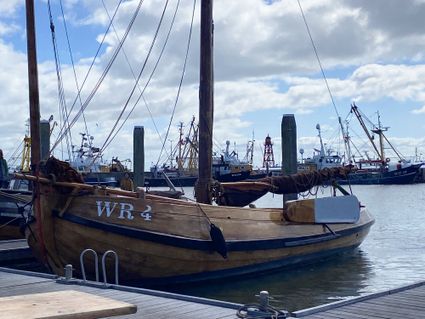
De foodwalk Den Oever neemt je mee het landschap in en langs de lekkerste waddenproducten in de omgeving van Den Oever.
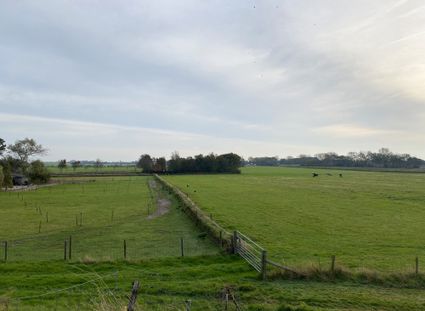
Deze foodroute neemt je mee langs de lekkerste waddenproducten in het oostelijk deel van Wieringen.

Ook als je slechts 24 uur de tijd hebt, kun je genieten van een lange wandeling door het Noord-Hollandse landschap.
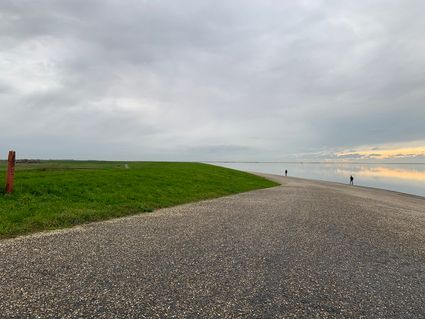
Wie over de Afsluitdijk rijdt komt terecht op voormalig eiland Wieringen, waar veel geschiedenis te vinden is en landschappen te bewonderen zijn. W...

Wieringen is een voormalig eiland in de Zuiderzee. Je vindt er gezellige dorpjes als Den Oever en Hippolytushoef. Aan de kust van het IJsselmeer ku...

Restaurant Hermans Dijkstra is located in the barn of the farm. A lovely diner is possible from Thursday till Sunday evening. Next to that it is po...
Reinste Abdenaweg 1
Bed and Breakfast de Hugt is located between the farmlands near Ulrum and near National Park Lauwersmeer. The rooms are spacious, you can use a kit...
Ir. A.J. van den Brielweg 1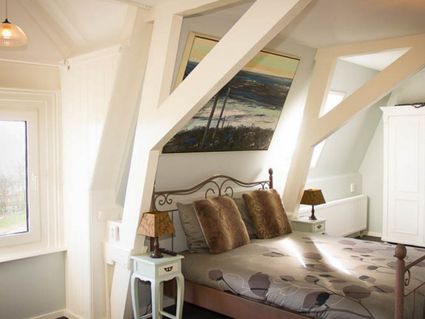
Oudeschild is a nice fishing village on the east side of Texel and the only village on the island that lies directly on the sea. Bed and breakfast...
De Ruyterstraat 128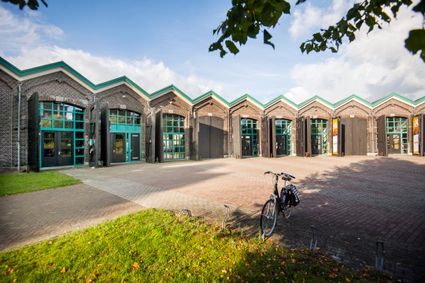
Until 1935, De Oude Remise was used as the shed of the State Railways. When the building was built in 1877, there was room for eight locomotives.
Oudezijl 1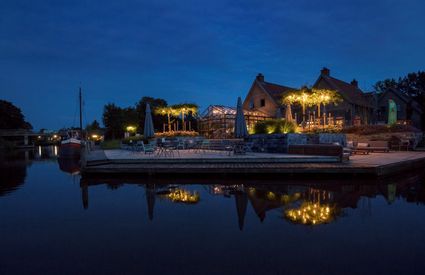
Restaurant De Jongens uit de buurt is gevestigd op Marenland Recreatie in Winsum.
Marenland Recreatie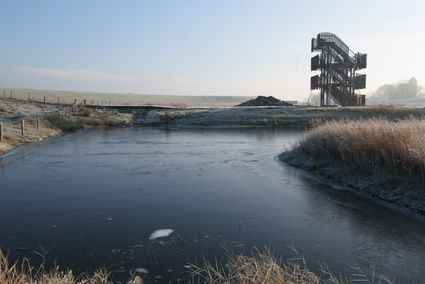
De Golf van Termunterzijl vertelt als Landmark geen eigen verhaal maar laat het landschap en bewoners hun verhaal vertellen. Bezoekers ontdekken en...
Termunterzijl
With us, you can camp around a 100-year-old farm, which is now being used as a flowerbulb-nursery. From all the spacious camp spots you have a grea...
Zanddijk 321
Herberg Restaurant Molenrij is een gezellig restaurant aan de Groninger Waddenkust. Lokale, verse producten zijn het recept voor een heerlijke maal...
Henricus van Cappenbergweg 34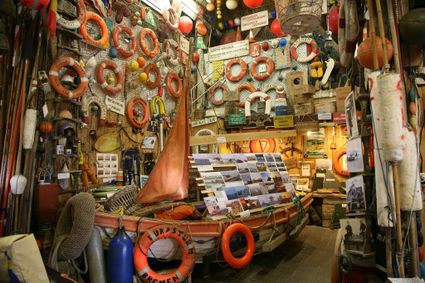
Visitors to the Flora maritime and beachcombers' museum will experience the tough, rugged world of beachcombing and learn about pilotage, the life-...
Pontweg 141A
At Restaurant de Molenaar in Onderdendam you can enjoy a pleasant afternoon or evening out and a special overnight stay. Come have lunch or dinner...
Uiterdijk 4To your heart and in your inbox. Receive an newsletter with tips, activities, and updates on the Wadden Sea. Sign up to stay connected.